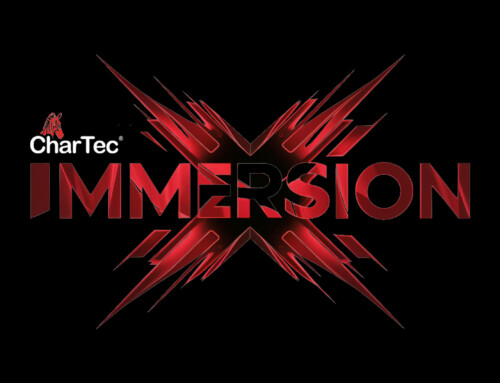Selling anything can be challenging. It takes a skilled salesperson to ask the right questions and discover pain points that can lead to a close. For many, this is something they have practiced until it becomes second nature. But for those just getting started in sales, or techs who are assisting in this process, there are a few best practices to follow when gearing up for a sale.
The first one is to keep your mouth shut and listen. Yes, you are there to sell, however, your products are less important than solving your prospect’s pain points. Allowing them to talk, while you simply listen, is a great way to discover some of these pain points without asking questions. People will usually tell you a lot of the negatives about their business before they get into the positive attributes. It’s with this in mind that you take a little advice from Vanilla Ice and, “Stop, collaborate, and listen.” You may be surprised at what kind of information is handed to you and how it can shape further questions.
When it comes to your turn to speak, it’s time to deploy a little strategy. Use open-ended questions rather than closed-ended. Open-ended questions can be answered in depth and don’t elicit a yes or no response. You will need all the details you can gather in order to get feedback from your customer’s perspective. Then, you can analyze and take notes so you’ll know what pain-points to leverage and dive deeper into. When you use closed-ended questions, you’ll get pretty straightforward, dry feedback. Still, closed-ended questions may offer some interesting data. Some examples of these could be;
Open-Ended: What were the main reasons you chose our product/service?
Closed-Ended: Would you recommend our product/service?
Or
Closed-Ended: Did you like our product/service?
Open-Ended: What is the most important feature of our product/service?
Then, of course, there’s the challenge of getting people to open up to you. Open-ended questions help, but it’s also simply diagnosing. In order to gain trust and allow the person to open up, you have to build a rapport. It’s asking questions, but allowing them to be slightly more personal. Even something as simple as, “What are your plans this weekend?” People are willing to open up if you can find a similar connection. Asking these types of questions may assist you in building trust with your potential client. Not only does it build trust, but it adds a level of comfort where you just might discover a few things about their business that you weren’t expecting.
Finally, use strategy when approaching a close. Once you’ve asked all the questions you have in your discovery you can start thinking of some transitions into finally selling your solution. Some great examples come from liber8yourbusiness.com. “I feel really good about this, I know this is going to work well for us. What’s the best way to get things underway? I could email you an order when I get back to the office… or I could just get it from you now. What works best for you?” See? That isn’t so terrible or nerve wracking. Especially after you’ve done your discovery and allowed some networking to take place. At this point you should have built enough rapport so this exchange is not awkward; it’s just your hint that it’s time to close this deal… and take home the dough.
Take your time with this and try not to put too much pressure on yourself. In fact, try to have fun with it. You don’t need to be pushy or on edge with clients, just maintain what you’ve built. Even if you’re unable to close on the deal, you now have someone to target later on, or simply network with. Practice these tips and go into your next discovery with excitement and confidence. After all, winning is the science of being totally prepared.







Leave A Comment